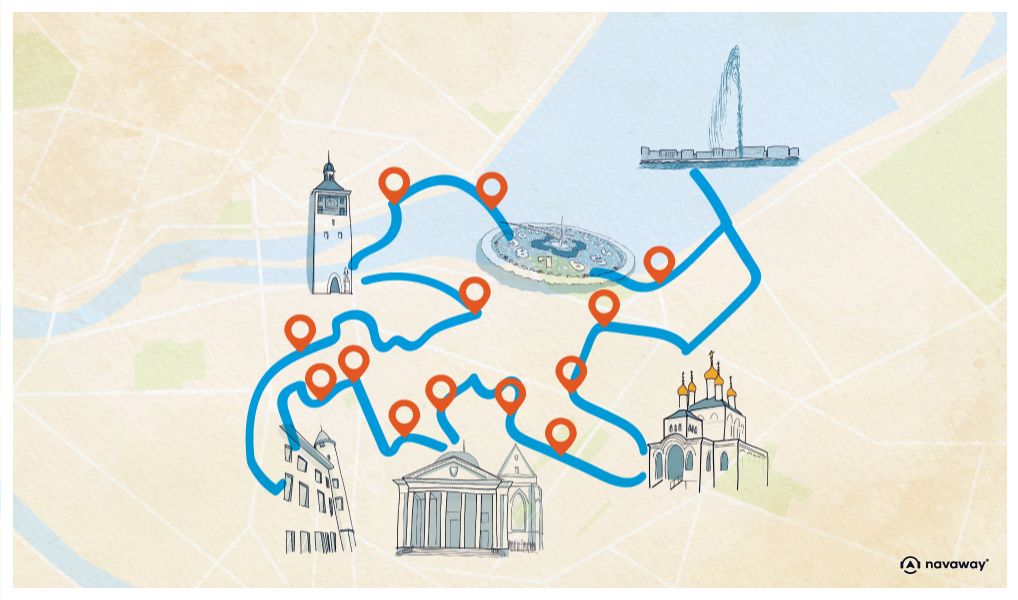
Reformation Wall
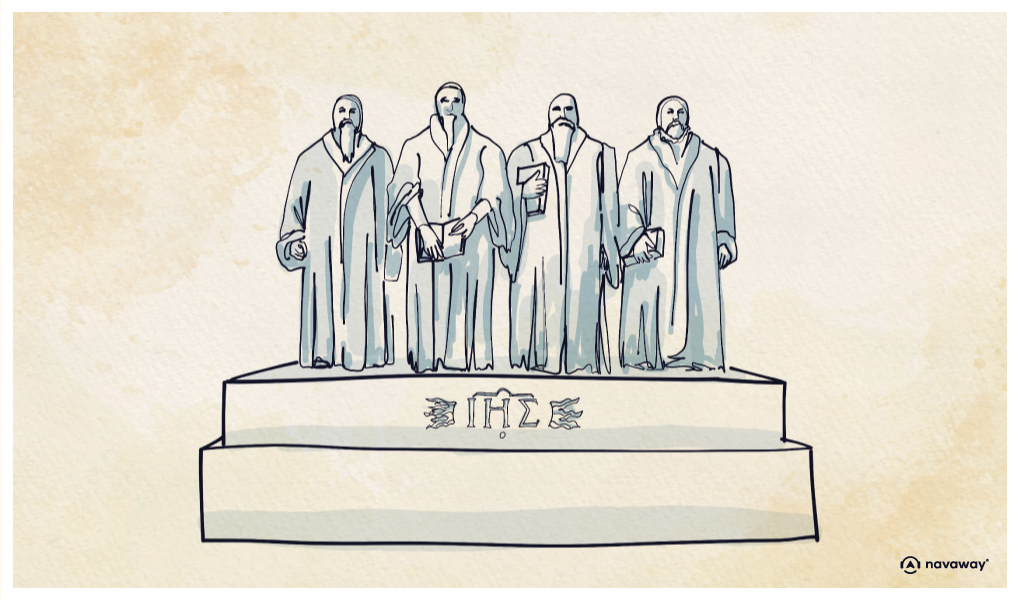
This point of interest is available as audio on the tour: Visit Geneva, The Little Big Capital
Tucked into the greenery, this imposing wall comes as a surprise to many visitors. It was inaugurated in 1917 to pay tribute to the giants of the Protestant Reformation. But to really understand its importance, we need to go back to the origins of the Reformation in Switzerland. It all began in 1517, in what was then the Holy Roman Empire—which included parts of Switzerland. Theologian Martin Luther published his theses condemning several practices of the Catholic Church. At a time when war, famine, and disease plagued Europe, the Church had begun selling indulgences: promising salvation, health, or a place in heaven in exchange for money. Martin Luther strongly opposed this, insisting that according to the Bible, God’s grace could never be bought. His ideas spread rapidly, challenging the authority of the Church. When asked to retract his writings, Luther refused, sparking a major divide across the Empire between reformers and defenders of Catholicism. Forced into hiding, Luther paved the way for other key figures to take up the cause—among them the French reformers Guillaume Farel, John Calvin, and Théodore Beza, who made Geneva the center of the movement, as well as the Scotsman John Knox, who led the Scottish Reformation beginning in 1528. During the 16th century, Geneva became the European capital of Calvinism, a legacy still reflected in the city’s motto: “After darkness, light.” What you’re looking at here is a powerful monument built right into the city’s original 16th-century walls—a grand tribute to the Reformation’s greatest thinkers and leaders.


Discover Geneva with app
An interactive guide through the most beautiful streets, squares, and districts
24 fun audioguides full of historical facts, anecdotes, and legends
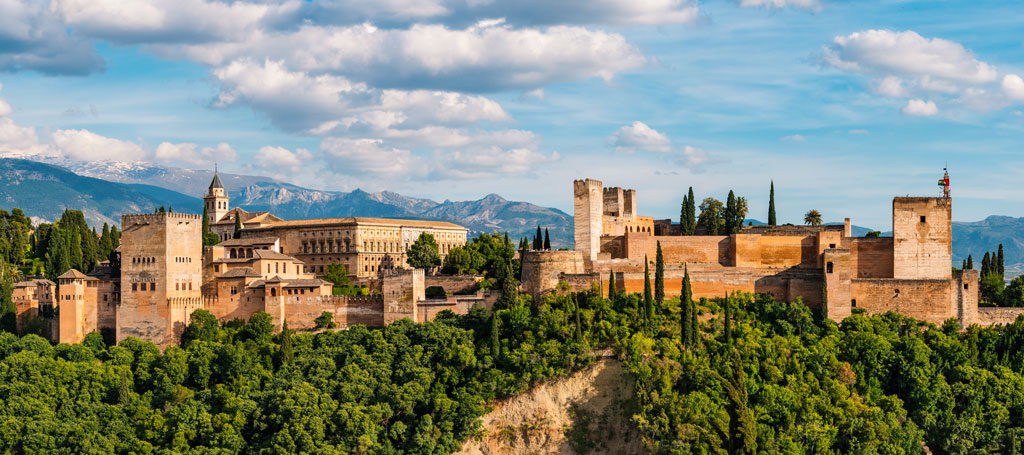
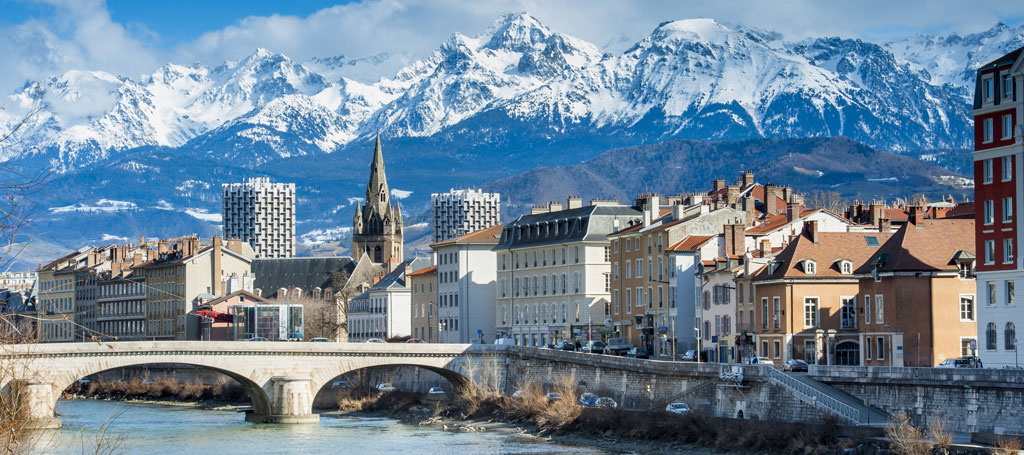
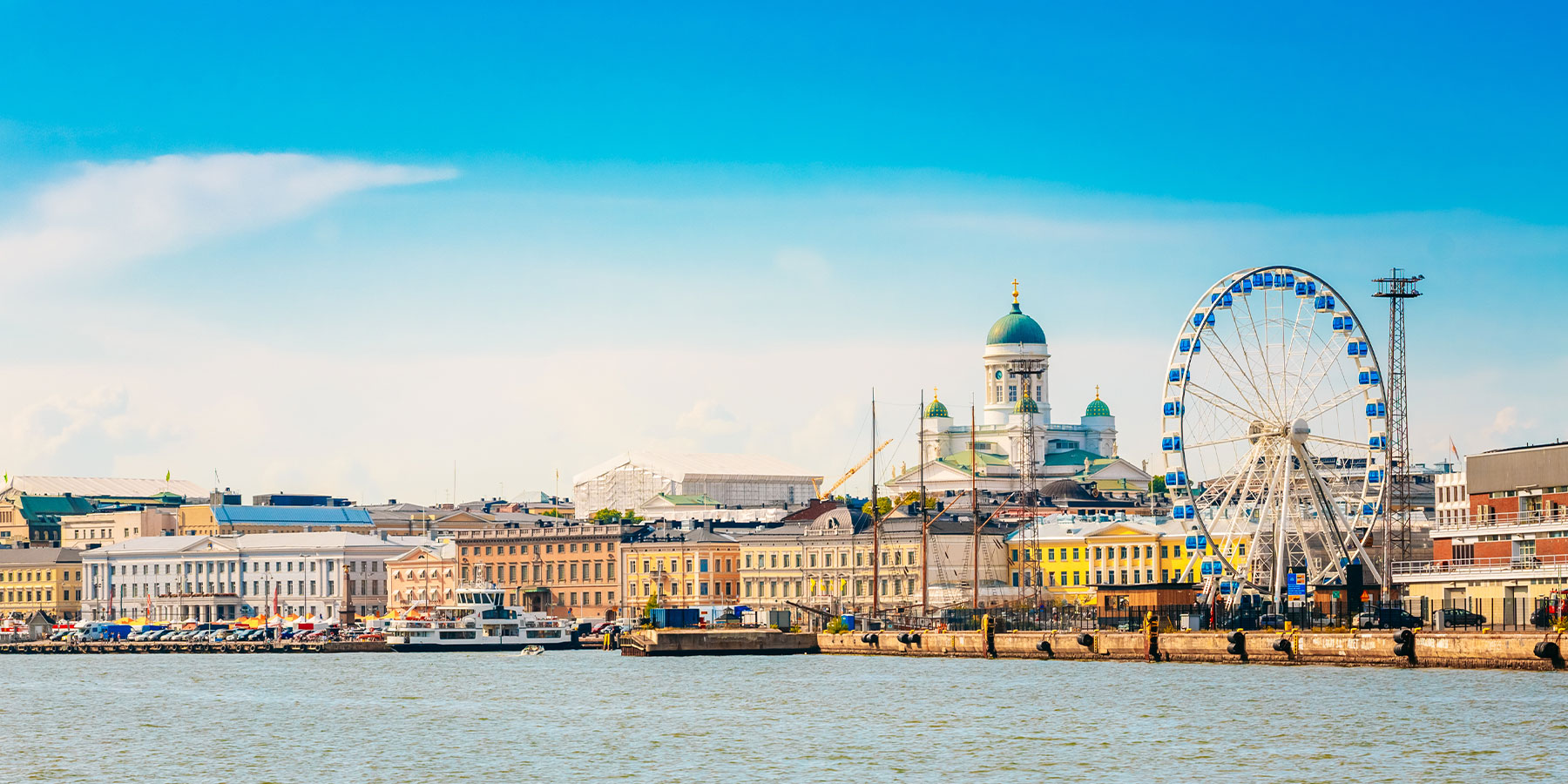
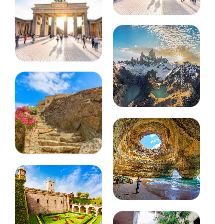

Comments